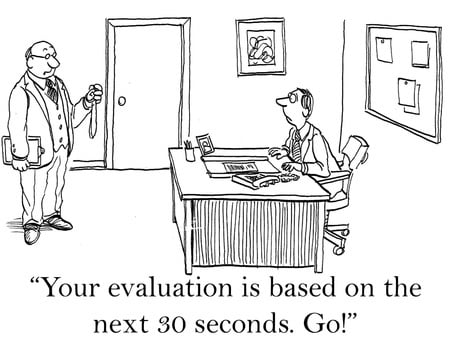A Leader’s Guide: What’s Worth Tracking?
Picture this — I’m in my tennis lesson when I look down at my Apple Watch to check my heart rate. And instead of seeing a heart rate, I see the ambiguous searching circle. Where is my heart rate?! I’m not usually a perfectionist, but when I couldn’t get my heart rate monitor to sync up with my Apple Watch, I wasted more time than I care to admit trying to pair the two with no success. I appear to believe that if my Apple Watch doesn’t record the workout, it didn’t actually happen.
 Apparently, not only does tracking help you increase your steps, push yourself harder during your tennis lesson, and eat less, it also makes you a little obsessive about making sure all your hard work and effort are truly getting captured into whatever Fitbit, app or tracker you are using. Let me rephrase: It can make me compulsive about getting credit.
Apparently, not only does tracking help you increase your steps, push yourself harder during your tennis lesson, and eat less, it also makes you a little obsessive about making sure all your hard work and effort are truly getting captured into whatever Fitbit, app or tracker you are using. Let me rephrase: It can make me compulsive about getting credit.
So we’ve now established that for a true tracker, something doesn’t count if it wasn’t measured and accounted for.
Which leads me to make the leap to how you manage your team — what are you tracking and measuring in their behavior?
If you are like the majority of leaders, you can easily spot your staff’s growth areas, times when they dropped the ball, and ways that you wish they were different/better/more independent/fill in the blank. And you also notice when they do extraordinary work and make sure to compliment them on it. Right?
But here’s the rub: Your staff is measuring every single time you gave them unclear directions and then got frustrated, every time you corrected them with less diplomacy or patience than you would have at your best, and every time they felt small or “lesser-than” in your presence. They are also tracking every time you gave them an assignment, they performed it perfectly, and you simply nodded, smiled and then moved on to the next agenda item with barely a thank you.
There’s a potential disconnect. Looking at the numbers can tell one business story, but if you’re stuck only measuring certain results, you are missing out on seeing the full picture of what is driving your team, why, and how they feel about it.
One of my clients is a sales executive and tracking the numbers really matters for sales. He believed that dictating to his teams how they should improve sales was the key to increasing those numbers. As we worked together on tracking down the source of his sales issues, my client realized that focusing on the numbers alone wasn’t enough to help him improve them. He saw that unless he focused on taking the time to mentor and engage those employees behind the numbers, he was missing the true growth opportunity for his organization.
Once he started having more crucial conversations with his employees, he noticed many more ways to involve them in the organization’s success, as well as important signals to pay attention to that he would have missed when he was only focused on the bottom line.
Knowing how a staff member is performing by the numbers does not mean you know how engaged they are. There can be a big disconnect between “the truth” that these numbers represent and the effort level, investment in learning, and emotional fulfillment of an employee.

The truth is that tracking results and outcomes does work. It is very effective in focusing your brain on the outcome you are measuring. But like me in my tennis lesson, if I’m only looking at my heart rate, I’m not focusing enough on my forehand and backhand – the strokes that eventually up my tennis game. It’s important to pay attention to and track not just the results-oriented outcomes, but also other measures, such as employee engagement and enthusiasm. These can be crucial early warning signs of potential storms ahead, and they can help you lead and inspire your team more effectively and compassionately.
For instance:
• How much of the time does your team smile at work?
• How often does one member volunteer to help another teammate when they could really use it?
• How many times did you shrug off a requested meeting and ask for an email report instead?
• How many of your direct reports are applying for other jobs?
If you find yourself disappointed when you start investigating these, you may be on an uphill climb to improving your numbers further in the future or on the verge of losing key employees.
Here’s a quick exercise that might help:
1. Write down three things you could track that would give you a very clear picture of how high-functioning your team is.
2. Write down three things that, if your employees tracked them about you, would give you a clearer picture of whether you are living up to your own vision of yourself as a leader.
3. Which one of these things would you be willing to track for the next 7-14 days to give yourself a more accurate assessment of how things really are for your team at work?
The truth is that leadership by the numbers isn’t enough. To generate the high level of productivity and creativity you require, you need engaged and inspired employees. And for that, you need connection. The more sophisticated your workforce is, the more you need to find ways (measurable or not) to engage them fully at work so that you, as their leader, you’re tapping into the full potential of what’s possible for your team and organization.
——
This article was originally published on Forbes.com in March 2016.